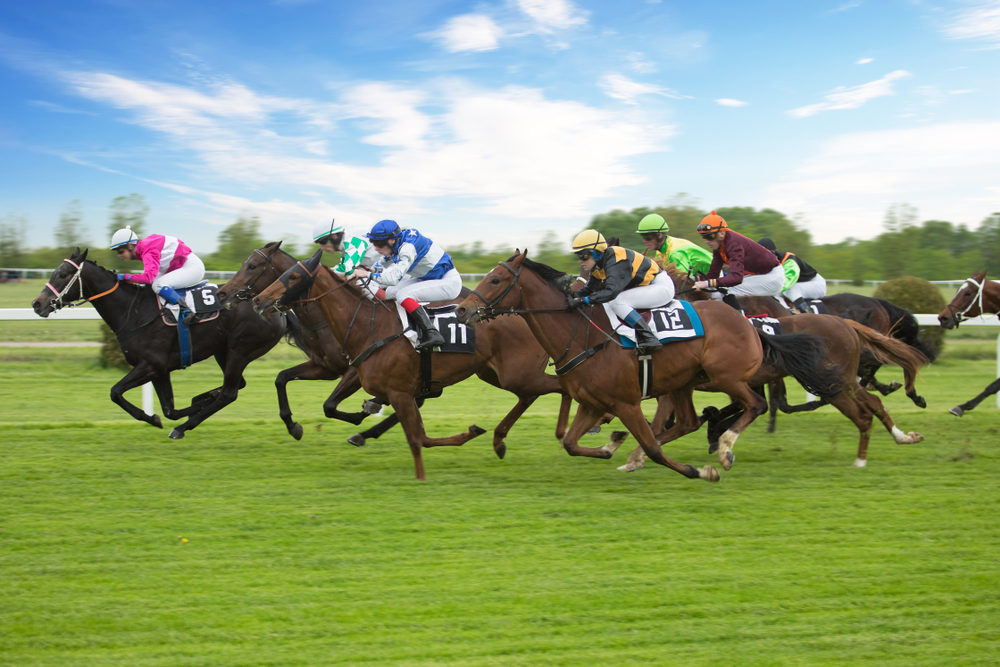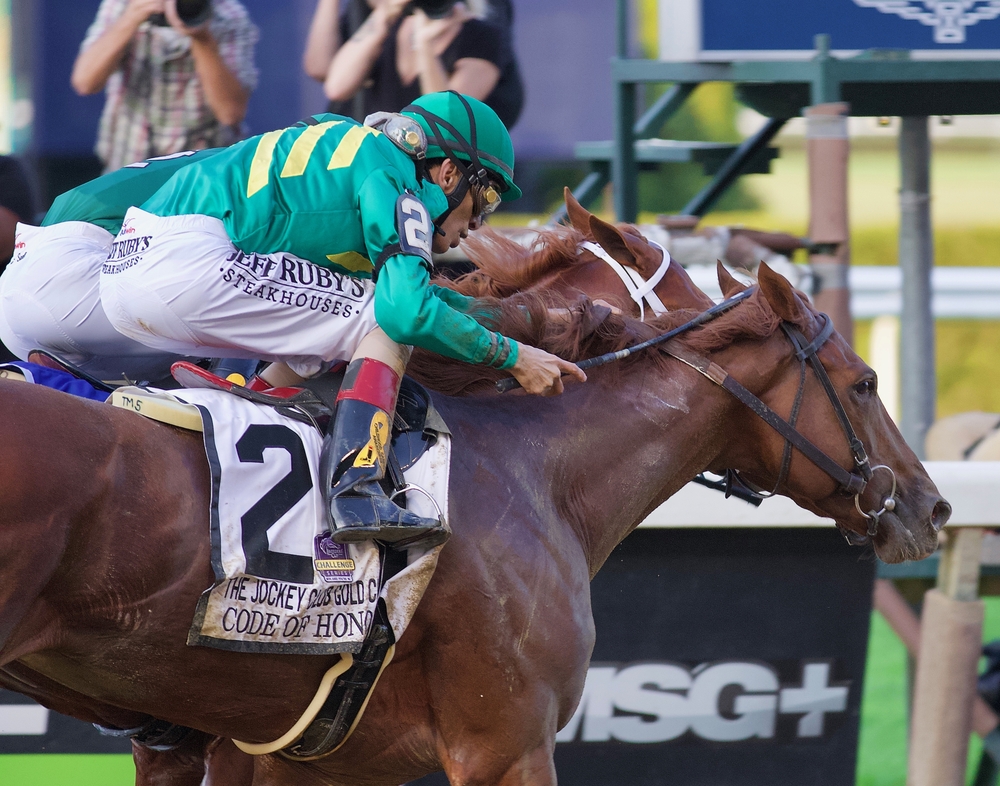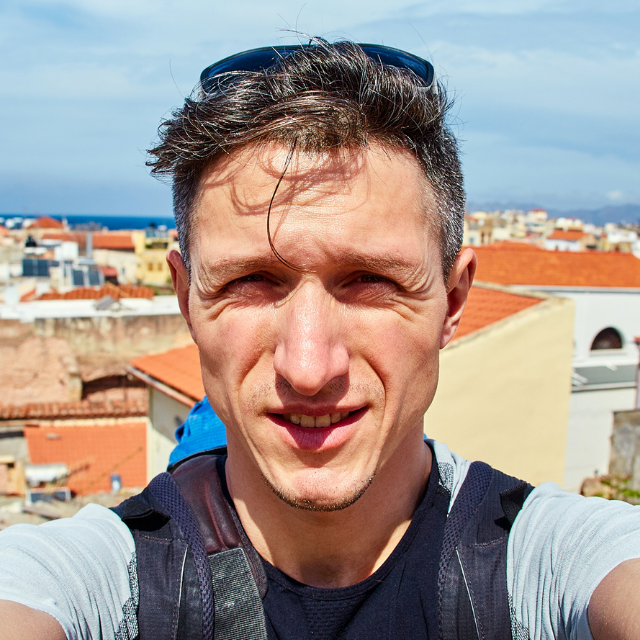York Racecourse is the third biggest horse racing facility in the UK in terms of the purse worth associated with the race fixtures. It is also believed to be where Alicia Thornton, the first female jockey, started her career in 1804.
Located in York, North Yorkshire in England, the racecourse is under the ownership of York Racecourse Knavesmire LLP and hosts a myriad of Group 1, 2, and 3 races every year. The land where it is located has been referred to as Knavesmire since medieval times, and it is why the racecourse is also called The Knavesmire.
York Racecourse is predominantly used for flat horse racing, and three of the country’s group I races are held here. These races attract more than 350,000 spectators every year, while millions are exchanged in the form of betting.
Let’s find out the history and the facilities of York Racecourse.
York Racecourse History
Archaeological evidence suggests that horse racing in York dates back to Roman times. There is also some evidence suggesting that some form of horse racing-related activities took place in the Stone Age era as well.
Racing assumed a more formalised form in the mid of 16th century. In 1590, an annual race was held in the Forest of Galtres. The prize for the race was a golden bell. While it is not known exactly when racing started in the current site of the York Racecourse, which is referred to as Knavesmire, it is generally believed that the first race held here was the King of Guineas, which took place in 1731.
Earlier, races were conducted at a racecourse located at Clifton lngs called the Clifton and Rawcliffe lngs, but were shifted as the area was prone to flooding. Some historians suggest that even in the early part of the 18th century, races occurred alternatively at Clifton and Knavesmire and shifted entirely to Knavesmire after 1730.
Soon after, York established itself as the first facility after Newmarket to introduce a formal race programme, with the introduction of the Great Subscription Purse in 1751. It was a series of flat horse racing events held at York Racecourse and covered a distance of four miles.
Earlier, in the 19th century, York Racecourse hosted two race meets every year, in May and August. Later two more meetings were added to its schedule; a chase meeting in April and the Yorkshire Union Hunt meeting that took place in October.
Over the years, the racecourse underwent changes and received new additions to its facilities to cater to the growing crowds and adapt to modern times.
York Racecourse Facilities
Initially, York Racecourse track was the shape of a horseshoe. It was renovated in 2005 and converted into a full round course through an extension from the home straight end. The alteration to the course was applied to cater to the Royal Meeting Gold Cup, a 2.5mile race that had been shifted from Ascot Racecourse to York. The addition to the course led to the discontinuation of the old 2-mile course.
In the 1970s, the straight track had been reduced from 1408m to 1207m to accommodate the ring road built in 1976. Instead, a 1408m long chute was added to the venue.
York Racecourse currently has a capacity of 60,000. The first grandstand at York was constructed in 1754. The Marquess of Rockingham had commissioned John Carr, an architect, to build the facility. In 1890, the existing grandstand structure was modified, and a new grandstand was built. Another modification was incorporated in 1965 when a new five-story grandstand facility was added to the racecourse. The Melrose stand was built in 1989, while the prized Knavesmire Stand was added in 1996, and the Ebor Stand was opened in 2003.
How Long Is York Racecourse?
York Racecourse, located on the Knavesmire in the southwest of York city centre, is a renowned venue for horse racing. The racecourse itself is known for its round course, which is left-handed, galloping, and approximately two miles in length. This course includes a sweeping turn leading into a long, five-furlong straight.
Additionally, York Racecourse features a straight course for five and six-furlong races and a seven-furlong chute for longer races. This flat and wide layout of both the round and straight courses makes York one of the fairest tests for a thoroughbred in the country. The course’s design and the quality of racing it hosts contribute to its status as a premier destination for racing enthusiasts and bettors alike.
Major Races At York Racecourse
York Racecourse hosts various Group I, 2, and 3 races. Some of the most notable races include the Ebor Handicap, the International Stakes, Dante Stakes, and Nunthorpe Stakes, among others.
What is the Ebor Festival?
The Ebor Festival is the most significant annual race meeting in York. It was held for the first time in 1843 and is a four-day racing event that takes place in August every year and features around ten races.
What is the International Stakes?
The International Stakes, presently known as Juddmonte International for sponsorship purposes, is a Group I race reserved for horses aged three and above. It runs over a distance of 2063m and is held on the opening day of the Ebor Festival in August. It is the richest race run on York Racecourse and had a purse worth £1,000,000 in 2022.
What are the best bookies for York races betting?
When it comes to betting on York races at the York racecourse, there are several excellent options for punters. The Tote is a popular choice for on-course betting, offering a pool bet system where the stakes on a given race are pooled together. This method of betting is akin to a lottery, shared out among customers with winning tickets. The Tote is known for its minimum bet of just £2, and it accepts both cash and card, making it a convenient option for betting at York racecourse.
Additionally, most punters at York races use on-course bookmakers or online sportsbooks, where understanding the basics of betting odds is fairly straightforward. These bookmakers provide a variety of betting options, including traditional bets like ‘Win and Each Way’, as well as more complex bets such as ‘Exacta’, where you need to pick the first two in the correct order.
Another interesting option at York racecourse is the ‘Lucky Pick’ bet, similar to a lucky dip, which is available for various Tote bets. This type of bet uses a special formula weighted towards more likely outcomes, making it an easy and potentially rewarding choice for bettors.
For those new to betting at York racecourse, there are guides available that offer information on all forms of betting, including pool betting with the Tote and exchange betting. These guides are helpful for understanding different betting options and strategies to maximize the betting experience at York races.
In summary, whether you’re betting on-course or online, there are numerous options to explore for York racecourse betting. From traditional bookmakers to innovative betting methods like the Tote’s pool betting system, York races offer a diverse and exciting betting landscape for enthusiasts and newcomers alike.





